
views
Understanding Property Rights

Identify tangible property. Tangible property is anything you can touch and move. It is often called “personal property” or “chattels.” Tangible property excludes real estate (because it cannot be moved) and intellectual property (which cannot be touched). Some property can be both tangible and intangible. A painting, for example, is both tangible and intangible. The canvas covered in paint is tangible. However, the image (e.g., of a vase of flowers), is intangible. You probably own considerable tangible property. Common tangible property includes cars, furniture, jewelry, seasonal baseball tickets, books, clothes, computers, televisions, and cell phones.

Understand your rights in tangible property. As the owner of tangible property, you can do many things with it. For example, you have the right to exclude others from using your property. If you own a car, you have a legal right to prevent someone from trying to use it. You also have the right to: Sell or lease the property Use the property to make something else

Check for threats to your tangible property rights. If you own tangible property, then you should identify it and check for common threats. Someone could steal your tangible property or otherwise use it without your permission. Other people violate your property rights when they: Dispossess you of the property Deprive you of the use of the property for a significant amount of time Impair the tangible property’s value or functioning by, for example, breaking it Transform the property into something else
Protecting Your Tangible Property Rights

Store tangible property safely. To prevent someone from using your property in an unauthorized manner, you should safely store it. Lock your car whenever you leave it, and always lock up any laptop or other important tangible property at work before leaving for the night. Since most tangible property is stored at home, you should focus on making your home as secure as possible. Lock garages and sheds where you store property and always lock your home when you are away. The greatest threat to tangible property is theft. For more information on keeping your home secure, see Protect Your Home When You Are Away.
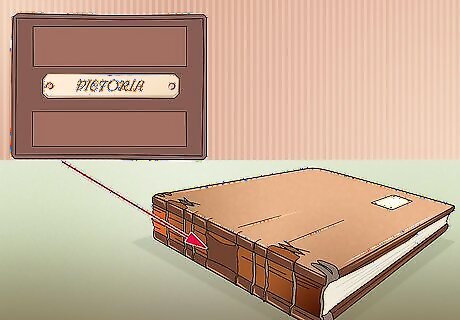
Mark objects with your name. Someone could take your property accidentally, honestly believing that it is theirs. To let people know that you are the owner of a piece of tangible property, you should see if you can mark it in some way. For example, you can write your name in books. On the back of a laptop, you could include a sticker with your name on it. Also set your desktop to show your name. In this way, when someone turns on the laptop, they will see that it is not theirs. You can write your name on clothing tags. Use a bright color (e.g., red) and write in large letters. At work, clearly label file cabinets that are yours. If you take personal objects into work (such as a lamp or footstool), then label them with your name. Put a tag on your pet, indicating your name, address, and phone number. Include a short message, such as “Please call.”
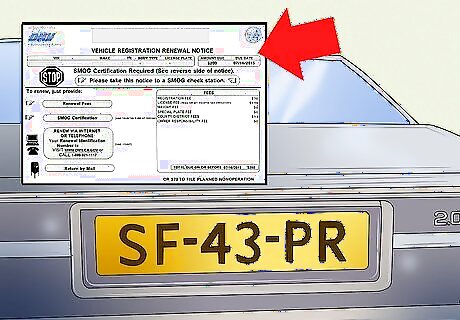
Register vehicles. If you own a car or boat, then you will want to keep your registration up to date. By doing so, you can easily establish your ownership. Should a dispute ever arise about who owns the vehicle, you can strengthen your case by pointing to the fact that you are the registered owner.

Be careful about granting consent. If you allow someone to use your tangible property, then you cannot then claim to have been dispossessed of it unless the person lied in order to gain your consent. Before giving someone consent to use a piece of property, try to pin down what they want to use the object for and the length of time they will use it. Only grant consent to those you trust. The person cannot exceed your consent. For example, if you give someone consent to wear your boots out to dinner, then she cannot keep them and use them to go hiking the next day.
Filing a Lawsuit for Trespass
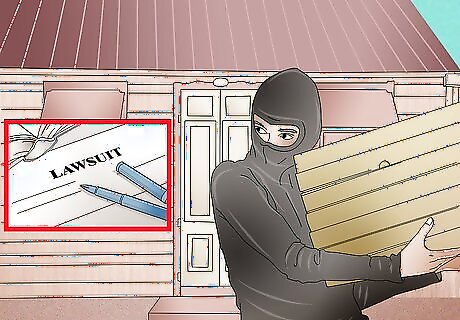
Understand a trespass to chattel. If someone interferes with your tangible property, you can sue for trespass to chattel. Although the law will differ from state to state, generally you must prove: You had possession of the chattel at the time of the trespass. There was an unlawful, unauthorized interference with the chattel or the defendant dispossessed you of it. Actual damage to the chattel is not necessary.
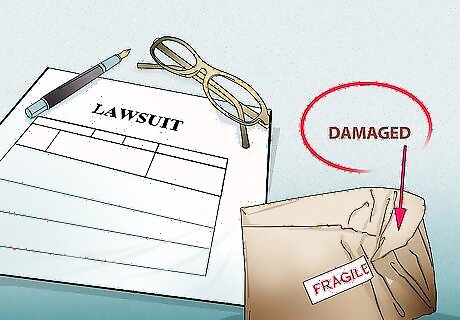
Analyze if a lawsuit is worthwhile. To sue for trespass to chattels, you do not need to have suffered any actual harm. Instead, the interference in the chattel is technically enough. However, the time and money spent on bringing a lawsuit means, realistically, that you probably won’t want to sue unless the defendant caused damage either to you or to the chattel. If the amount of damage is reasonably small (e.g., below $7,500), then you can probably sue in small claims court. Small claims court has streamlined procedures so that lawsuits can advance more quickly, saving you time and money. Even if you represent yourself in court, you will be responsible for filing fees and other costs, like photocopying, mailing, or serving documents on the other party. Think about whether the lawsuit will be worth the effort.

Find the correct court. You cannot sue a defendant in any court. Instead, the court must have power (“jurisdiction”) over the defendant. Typically, you can sue in the county where the defendant lives or in the county where the trespass occurred.
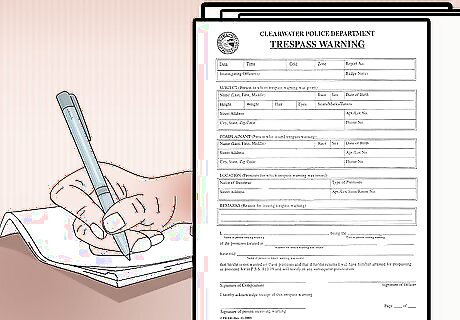
Draft a complaint. You start a lawsuit by filing a complaint. Some courts have printed “fill in the blank” forms that you can use. Ask your court clerk if there is a form available. If no complaint form is available, then you will need to draft your own. You can search for “sample complaint” and “trespass to chattel” on the web. Try to find a complaint that has been filed in your state court. You can then use it as a guide for how to draft your own.
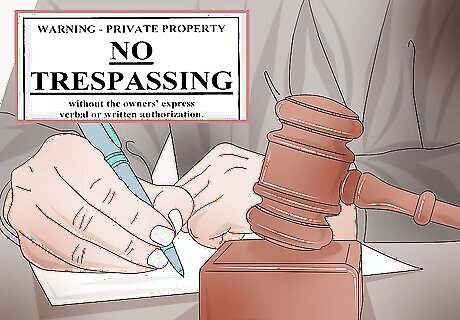
Litigate the claim. A typical lawsuit will include receiving the defendant’s answer, gathering evidence to present in court, finding witnesses, and presenting the evidence at trial. For more information, see Sue for Trespass and Win in Small Claims Court.




















Comments
0 comment